
|
ECGbook.com Making Medical Education Free for All |
Upload ECG for Interpretation |

|
ECGbook.com Making Medical Education Free for All |
Upload ECG for Interpretation |
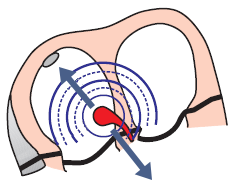



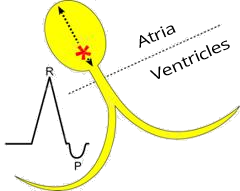

Junctional Rhythm


Junctional Tachycardia
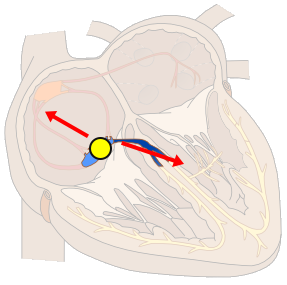
Junctional Tachycardia

AVNRT


Junctional Tachycardia


Junctional Tachycardia


Junctional Tachycardia


AV Nodal Re-entrant Tachycardia (AVNRT)
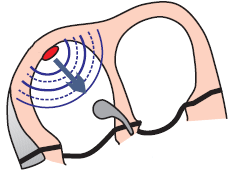
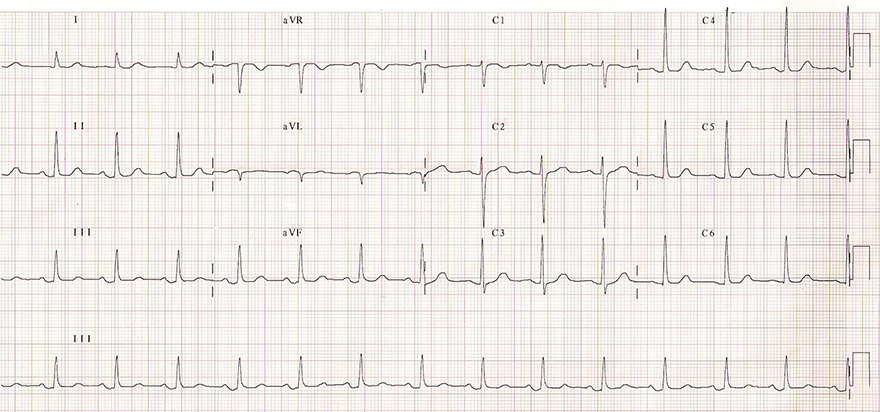
Sinus Rhythm
Sources
Junctional Rhythm
|

|
ECG and Junctional Rhythm
|

|
 Upper junctional rhythm
|
 Middle junctional rhythm
|
 Lower junctional rhythm
|

Junctional Rhythm

|
Junctional Tachycardia
|

|

Junctional Tachycardia
|

AVNRT
|

|
Junctional Tachycardia
|

|

|
Junctional Tachycardia
|

|

|
Junctional Tachycardia
|

|

|
AV Nodal Re-entrant Tachycardia (AVNRT)
|

|

|
Sinus Rhythm
|

|
Sources